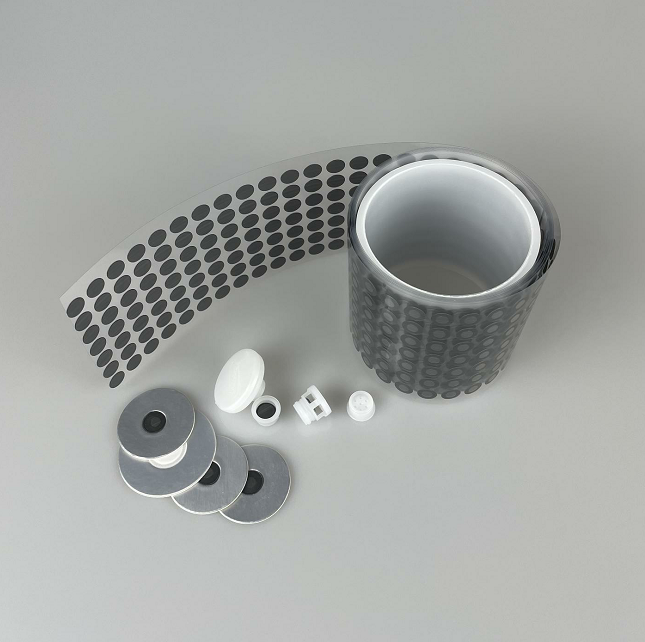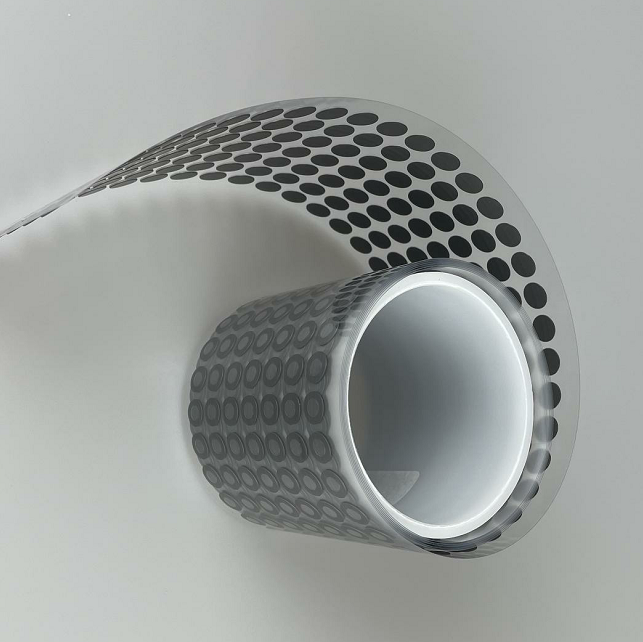The inertness to chemicals in turn makes PTFE resistant to chemical agents, including acids, bases and organic solvents. The majority of the vent membrane products are hydrophilic and oleophobic treated, which means that they repel water (and oil = liquid) from blocked micromesopores so as to enable even continuously breathe-able vent devices. It is common for ventilation membranes to have high mechanical resistivity, so that they will maintain their integrity after repeated exposure to physical load.


Copyright © © 2025Pan Asian Microvent Tech (Jiangsu) Corporation.All rights reserved. | Privacy policy